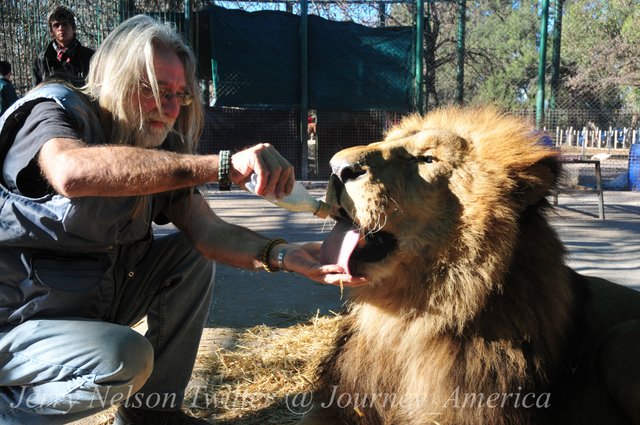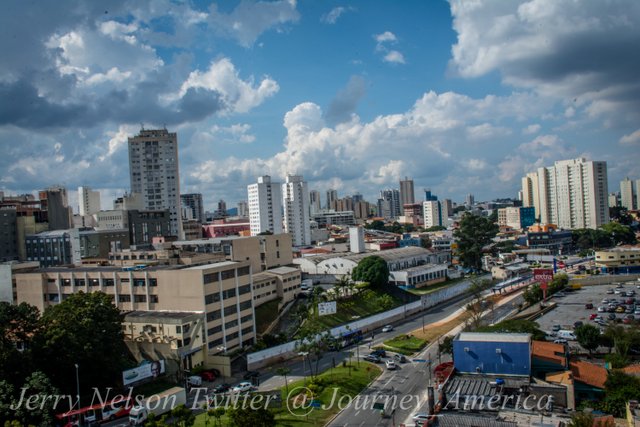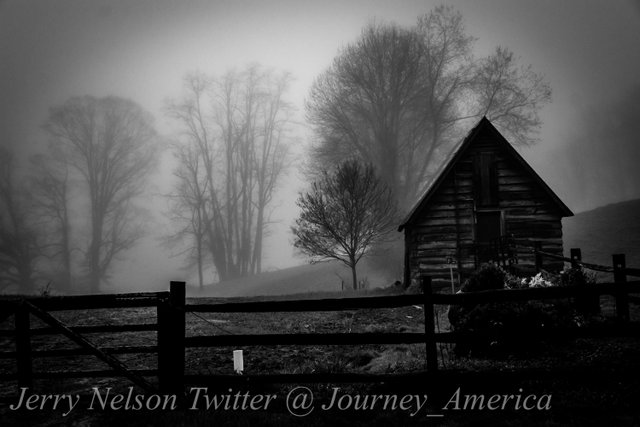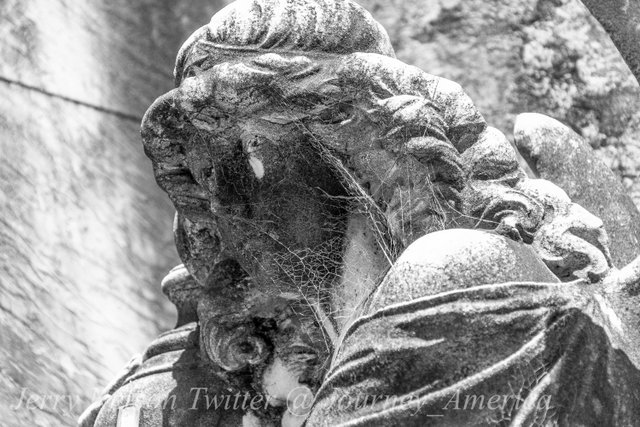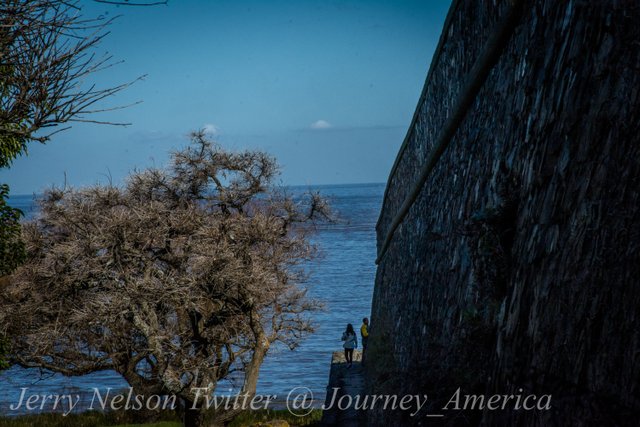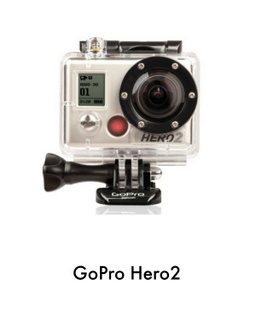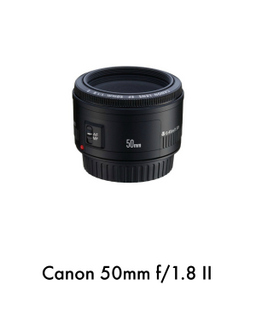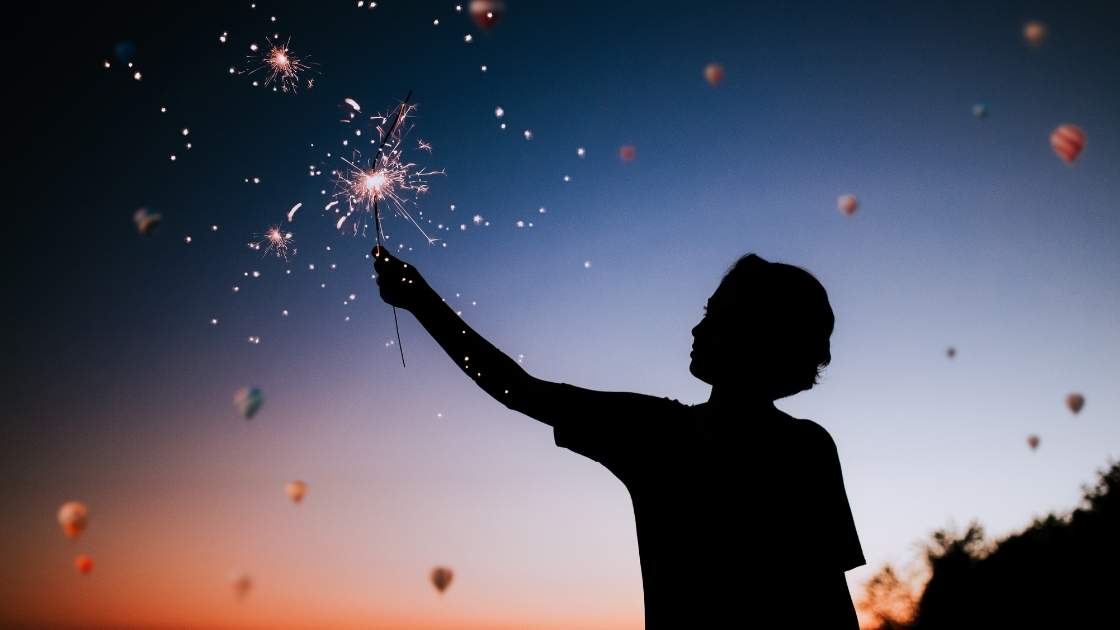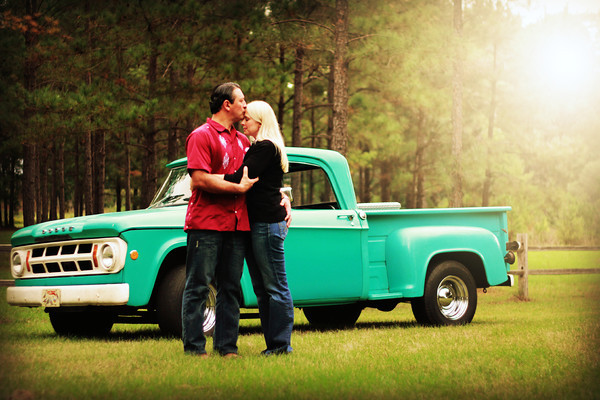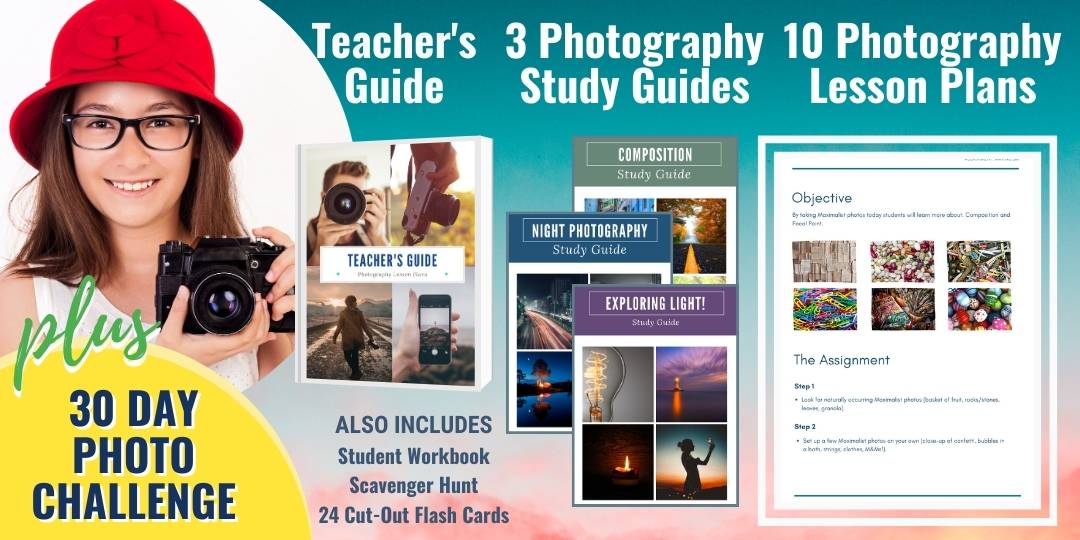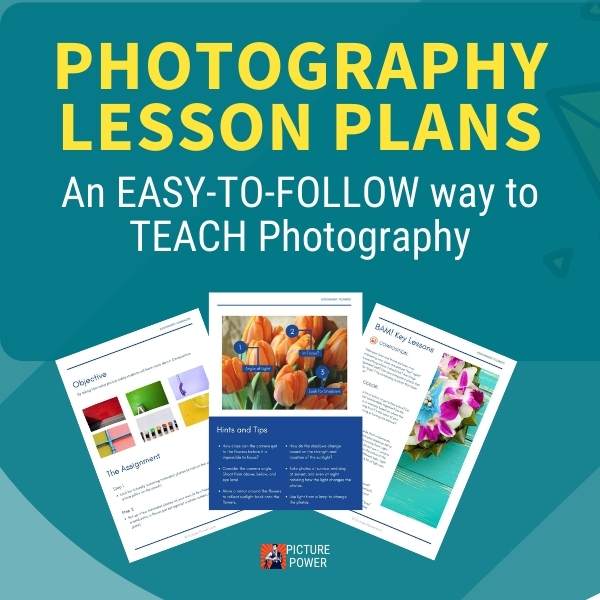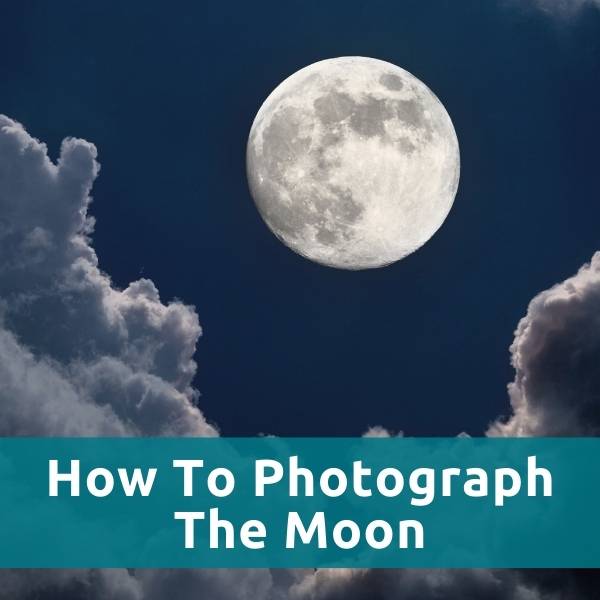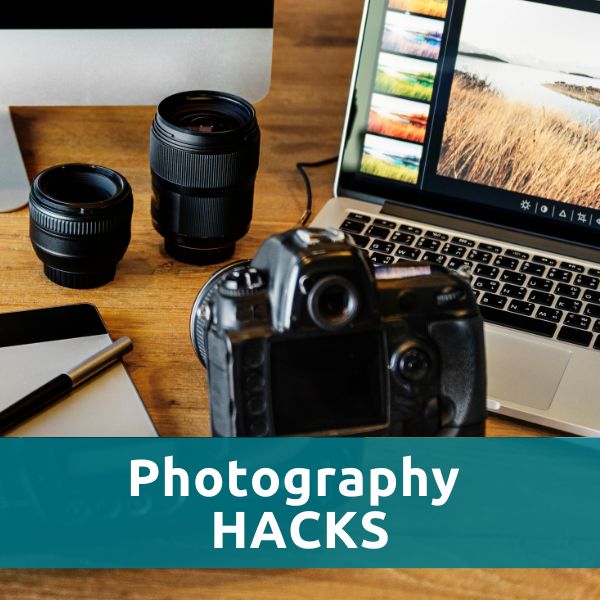How to take travel photos like a pro
Photos and Story by Jerry Nelson
There are travel photographs, and then there are travel photographs. The pages of Conde Nast Traveler, Departures and others have hundreds of pages filled with images that will get the average photographer thinking that their images could never appear that fabulous.
The fact is with a decent camera, the correct knowledge and plenty of practice, anyone can get rather close. Over the years, I’ve talked to dozens of professional photographers and have come up with five key ideas that will help anyone take vacation shots to the next plane.
pre-production
Pre-production is a primary difference between average vacation snapshots and professional travel photographs. Pros don’t just appear, hoping they’ll come across the right image. They do the needed preparation so they can create the perfect image. Researching location, learning when the movement of the sun and the creation of a “mood board” of pictures helps them chart out an image list.
Doing all this on vacation isn’t realistic, but you can use a page from the pro’s book and do a little study. Teach yourself about the neighborhoods you want to shoot and get apps like The Photographers Emphemeris or Sun Seeker, which will tell you where the sun moves through in any area.
Location scout
Before any shoot, pros will do a scene scout involving a careful study of the area before the shoot so they can learn the light and topography. Often a pro will take test photos to tighten up their shots. While doing the scouting isn’t something a person would do on holiday, what can be done is an uncomplicated walk-through before even getting the camera out of the case.
Walk through the area, as it is, before you look through the viewfinder. Be proactive in experiencing the surroundings and take everything in. Even the things that can’t be seen — noises and aromas — will make for richer images. Watch for details like a blossom growing beside a footpath or a unique storefront sight — the things that can be easily missed while behind the lens. Observe the place, and then catch it.
Associate
People tell the story of a place as much as monuments and panoramas. Professionals have the time to make their subjects at ease and may even follow them for a few days.
Obviously, you don’t have to go to this length to get a great portrait, just be accessible to engage personalities and don’t be afraid to communicate with them.
The biggest surprise for amateur photographers is how little conversation relies on speaking aloud and how responsive people can be to being shot — when approached in the proper way, with a smile.
Flexible
Pros know that planning only helps to a degree. After studying the mood board, scouting the location and pulling together a shot list, the unexpected can still happen. It storms. You overlook a lens. So what? Go with it. Use it to your benefit. Shoot without the tripod. Find creative ways to keep shooting that will keep you bone-dry. Focus on interior shots. Some of the greatest images I’ve taken were those I didn't intend to take.
Post production
What other major differences are separating
your snapshots from professionals’ travel images? Retouching skillfully done by
a pro. But keep it simple. Going overboard on post-processing will scream
amateur. A basic crop, brighten, and minor color correction can help take your
images from basic, plain vacation snapshots to something worthy of magazines.
about the author

Jerry Nelson is an American freelance photojournalist. Currently on assignment in South America, Jerry is always interested in discussing future work opportunities. Join over half-a-million who follow him on Twitter and visit his website.
Travel photography tips video
Here's a video from COOPH with some more travel photography tips with more of an emphasis on gear and getting around.
